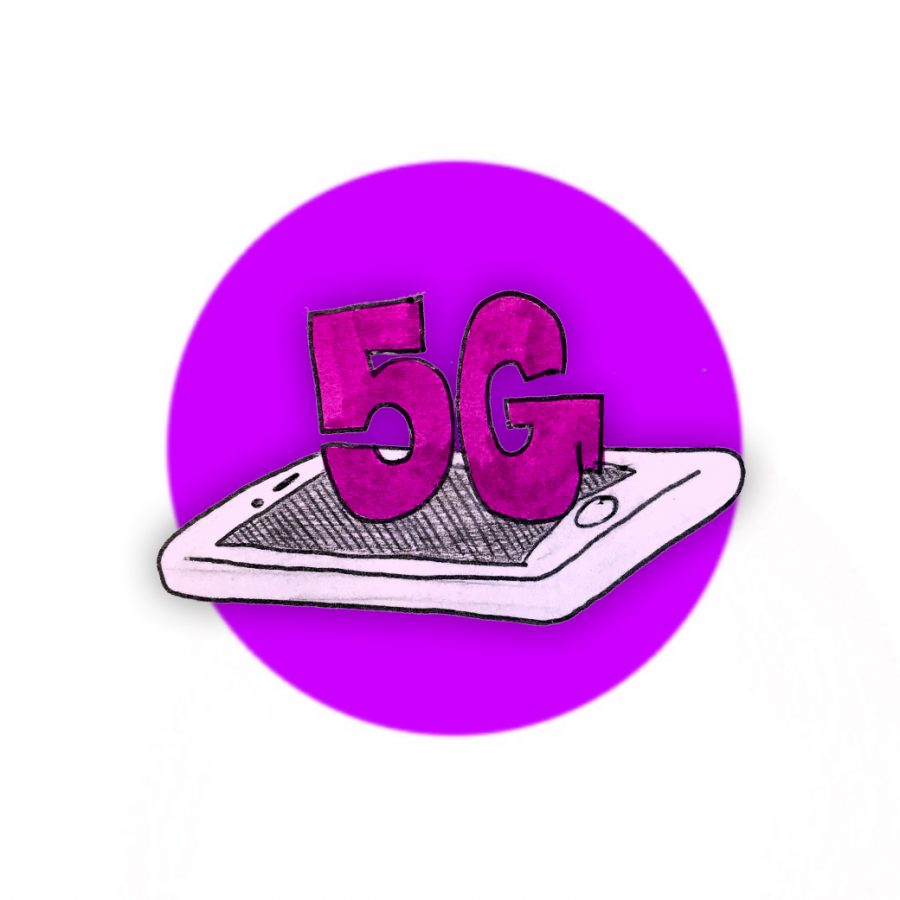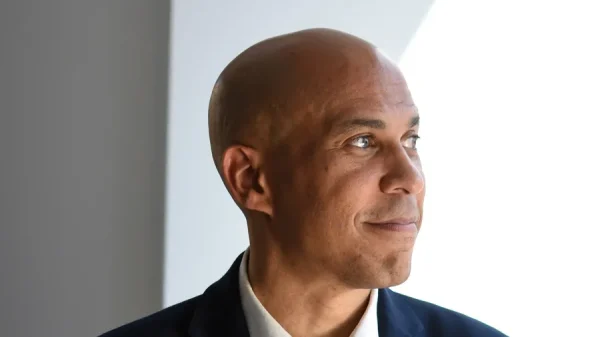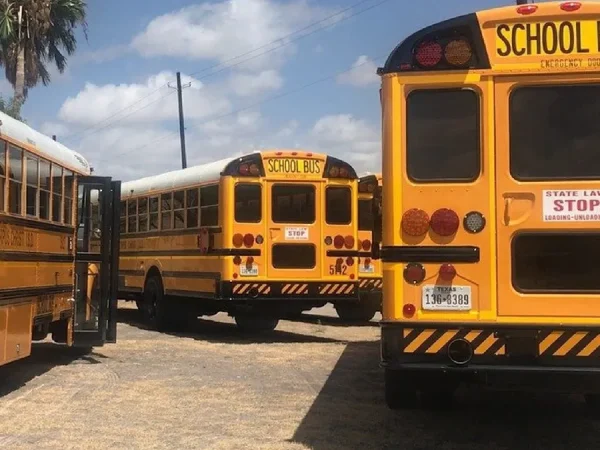Town of Poolesville to vote on 5G ordinance to regulate construction of small cell towers
In preparation of 5G, the next generation of wireless networking, the Poolesville Planning Commission, the Town Attorney, and the Town Manager are developing municipal regulations on 5G to be completed by April 15 as required by the Federal Communication Commissions. The Poolesville 5G ordinance contains legal information on the procedures companies looking to build 5G small cells in Poolesville must follow, and a public hearing for the ordinance is set for April 1. 5G is the next generation of wireless networking technology and will have up to 1000 times faster download speeds than 4G. The 5G network is currently being built across the country and is expected to be fully functional after 2020. Besides downloading full movies in less than a minute, 5G has potential uses in driverless cars, gaming, and virtual reality.
5G works on a special type of cell towers called small cell towers, low-power base stations that cover small geographic regions. Because 5G relies on higher-frequency radio waves that do not travel far, they must be built every few hundred feet. There are several carriers that have different plans to bring 5G across the nation. As of now, Verizon is the most involved in Poolesville as they are focusing primarily on small cells.
The ordinance will grant wireless service providers permits to build small cells provided that they intend to use them. Before installing a cell tower in a public space, a company must visit the site and obtain a permit and approval from the Planning Commission. Before making its decision on an application, the Planning Commission will hold a public meeting on the application to present its plan and application. Companies are responsible for providing a written notice of such meeting to the owners of all properties within a three-hundred-foot radius.
The ordinance states that it is preferable to expand on existing structures than to build new ones. Cell towers should be hidden or blend in with their surroundings and not be visually harmful. New towers and extensions must follow several placement and size restriction, as well as carry an information sheet about the company that installed it.
The FCC ruled that communities must work on small cell applications faster than before, stating that they should “approve or disapprove applications to attach small cells to existing structures within 60 days and applications to build new small cell poles within 90 days”. [FCC]
Wade Yost, Town Manager, said “The ruling certainly makes it more efficient for the 5G companies working to deploy its infrastructure; however, for a small town like Poolesville, with a small support staff, a large batch of applications could make it challenging to process, while still ensuring adequate public notice and input.”
Kari Auel, PHS special ed paraeducator and 15-year long Poolesville resident, commented on the last time there was a major technology installation in Poolesville. “Fios came through and made lots of holes in front yards. I don’t remember residents being too upset. There was some concern while yards were dug up and muddy but as the sod was replaced concerns were alleviated and everything looked better.” [Email interview]
Suburban and rural communities have been struggling with implementing small cell towers. In Poolesville, there have been aesthetic, property, and safety concerns over the implementation of 5G. There have been concerns in Montgomery County that no new studies have been conducted to ensure the safety of 5G. The Food and Drug Administration and Center for Disease Control and Prevention state that no 5G health risks exist, whereas the European Commission Scientific Committee on Health, Environmental and Emerging Risks wrote in their 2018 report that “the lack of clear evidence to inform the development of exposure guidelines to 5G technology leaves open the possibility of unintended biological consequences.” Existing research has suggested a link between 4G wireless radiation and health impacts such as DNA damage.
There have already been applications in Montgomery County and hundreds of small cell systems have been built already. Montgomery County’s latest proposed Zoning Text Agreement, ZTA 18-11, which would update the approval standards for telecommunications standards, was delayed until after the November elections due to public outrage over the legislation heavily favoring the telecom industry over county control.

Skylar Chan is a senior in SMCS and writes in the STEM and technology beat. This is his first year writing for the Pulse. You may have seen him dance in...










Tinkabella • Apr 1, 2020 at 12:58 pm
YouTube movie that answers almost any question regarding all sorts of frequency. Best and most informative documentary I’ve ever seen.
“Resonance beings of frequency”
Please watch and share.
Namaste